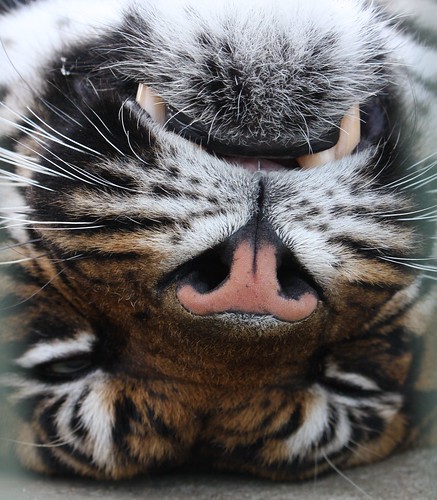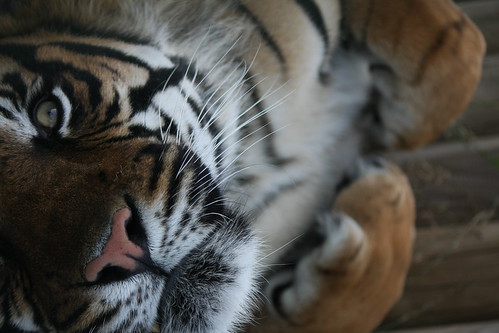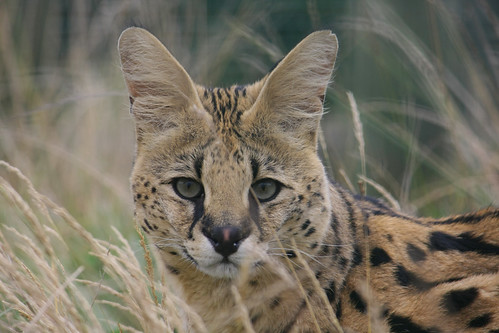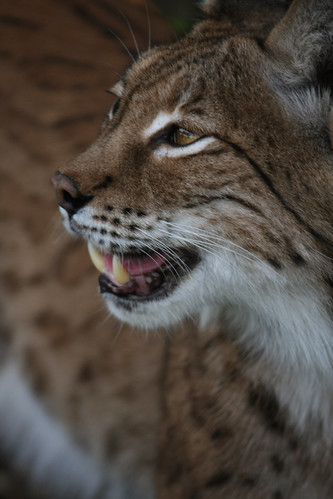My husband is into Urbex and has visited a few different places including an abandoned lunatic asylum called Cane Hill and a hospital called Hellingly. Ever since he told me about the places he has explored I’ve been intrigued and have been looking at pictures of other peoples Urbex visits on the internet as I find them extremely interesting.
It is a common belief by most people that those who are into Urban Exploration will break into buildings to gain entry and is it assumed that any resulting damage inside the buildings such as graffiti, mindless vandalism and even arson is caused by them. However this, in the majority of cases is not so, serious Urbex enthusiasts abide by certain rules such as no breaking and entering, no vandalism or graffiti and no stealing. A well know phrase adopted by lovers of the hobby is “Take nothing but photographs, leave nothing but footprints”.
Most mindless damage to these buildings is actually caused by drug addicts bored teenagers, yobs and trouble makers who use empty premises as a meeting place. Those into Urbex usually have just one aim, to quietly look around the inside of abandoned and derelict places to see the architecture inside and the amount of decay caused by disuse, occasionally taking photographs to document their visit.
On Sunday my husband told me we were going on a secret photography afternoon. I had no idea where we were going when we headed off in the car and once we got close my husband told me that we were going to look round an abandoned nursing home a moderately short distance away from our house. My first reaction was a mixture of fear and excitement, having only ever read other peoples reports I had no experience of my own to go on – I was entering the unknown in more ways than one.
The building we would be exploring was built in around 1934 and was originally used as convalescence home housing inured war veterans and patients from the local hospital recovering from operations – there was also an adjoining mental hospital wing. The building itself is apparently listed however permission has been granted for redevelopment in early 2013.
The first problem of the day was actually finding the place; my husband had done his research and had armed himself with some directions. We programmed in the sat nav but when it said we had arrived at our destination there was no sign of the place, Google maps kept taking us past it too. After a few drives backwards and forwards we saw a possible access point and parked up. The actual building was nestled in amongst a forest so we made our way through the trees and soon we saw the grand building and were assessing the area. Hiding in the bushes we stayed well clear until we knew there were no security guards patrolling the site then seizing our chance we legged it towards the building.

We were in, we’d got the hard part out of the way, now the exploring could begin, my heart was beating ten to the dozen, a mixture of excitement, fear and anticipation sweeping over my body. Once inside we were met with a variety of rooms with a corridor separating them down the middle. The place was a mess, stud walls smashed to pieces in places, every window was smashed, there was peeling paint, graffiti tags sprayed all over the place, certain rooms had a large amount of fire damage inside obviously by junkies or arsonists since the building closed in 2006.

It was obvious that this place had been easily accessible for quite a while due to the amount of damage. After our trip I did a bit of research on this building and found a few other reports from people who had done previous Urbex visits to the site it was amazing to see how rapidly the building had gone downhill since the last documented visit I could find which was just 8 months ago.
We explored the ground floor, treading carefully as we went because of the amount of rubble and debris over the floors. By time we got to the middle of the building my heart rate had more or less returned to normal, I was starting to get into it and was really enjoying looking round. In the middle of the building was a large staircase starting on the ground floor at what I think may possibly have been the reception area and leading up to two further floors. My husband went into a room while I was taking some shots of the staircase…..

When I looked round I spotted what looked like a figure in the distance. Unsure of my surroundings I couldn’t quite work out if it was actually my reflection in a mirror or if there was actually a person there. I stopped and looked for a possible hiding place but I was right in the open with no place to hide away. My heart jumped into my throat at this point after all I had no idea who this person was and here I am in a rather eerie deserted building. I whispered to my husband that someone was coming and he quickly appeared from behind a half demolished piece of plasterboard which at some point would’ve been a wall. It turned out that there were in fact two people, walking towards us from the other end of the building.
The two figures reached us and it turned out they were two teenagers, I don’t think they were Urbex enthusiasts as one them a girl aged around 16 /17 said she was local to the area and that the place had become a bit of a hang out for the local teenagers (culprits for the damage quite possibly) after a brief chat we said goodbye and went on our way and we didn’t see them again. I must admit for a couple of seconds I was rather scared when I realised there were other people in the building – aaah well at least it made the visit a little more exciting!
We continued to explore and found a door with a hole kicked in the middle of it. My husband havingbeing more experienced took the lead and climbed through the hole, we came to a room with a few pieces of old furniture which had Christmas decorations strewn all over the floor – obviously used to give the residents some seasonal cheer. There were a variety of old records scattered across the room, some still in their original sleeves and some vinyl’s smashed on the concrete floor – classics like Elvis Presley unplayed for years with footprints all over them.


Through another door at the end of this room and we stumbled across another room which looked as if it was once the kitchen area, maybe the old gas cooker and tiled walls gave its identity away.

It was at this point we found this amazing piece of graffiti which luckily had evaded the spray cans of the taggers across the tiled wall. Now I know that graffiti is a nuisance and costs millions of pounds to clean up each year but personally I have to admit that as much as I hate stupid tagging which has no point or skill to it I do love seeing graffiti like this. To me these kinds of pictures created with spray cans are amazing pieces of artwork using a different kind of canvas and I love looking at them, I had to take a picture of it as it would’ve been rude to the artist not to have done.

So after taking in the kitchen we carried on as there was still so much to see. There wasn’t a piece of glass in tact and the whole building was completely wrecked inside, there were doors hanging off and faded curtains half hanging, ravaged by the tests of time and the elements streaming in through the gaping crevices where once window panes had been. We walked up the stairs to the top floor; the staircase was quite well preserved apart from the lack of front to the building which had mainly been all glass windows previously. When we got to the top floor the right hand side of the building had obviously been torched and suffered a huge amount of fire damage.

However the corridor to the left had remained untorched (for now). The picture above and the picture below are actually the same corridor but separated by the landing at the top of the stairs, the fire damaged one above leading off to the right and the non fire damaged one below leading off to the left – you can see the difference in the two.

I love the picture above; I think it looks so eerie with the curtain blowing in the breeze which ran throughout the building. I certainly don’t know how people explore these buildings at night it was spooky enough during the day!
By this point I must admit I was starting to think we were pushing our luck, we had been inside the property for well over an hour and so we decided to head back to the car. Looking back now I wish we had looked round a bit more as there was still plenty left to see but I think my nerves were starting to get the better of me a little – after all this was my first time exploring in a totally derelict building.
It was a really enjoyable experience and I am definitely glad we did it, I found it really interesting if not a little nerve wracking at time and a little scary but I would definitely like to go and look round another derelict building in the future it’s just a case of finding a place to go now.
As always thanks for reading and lease leave a comment if you have enjoyed it.













